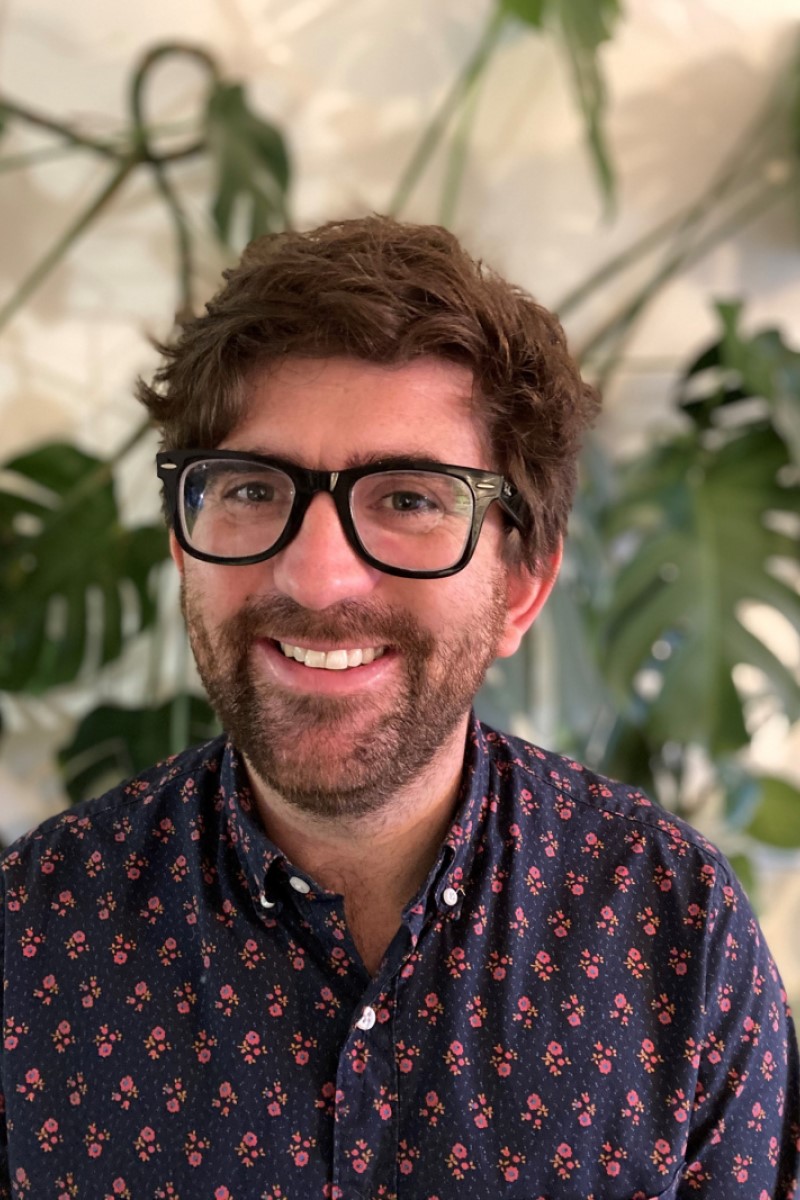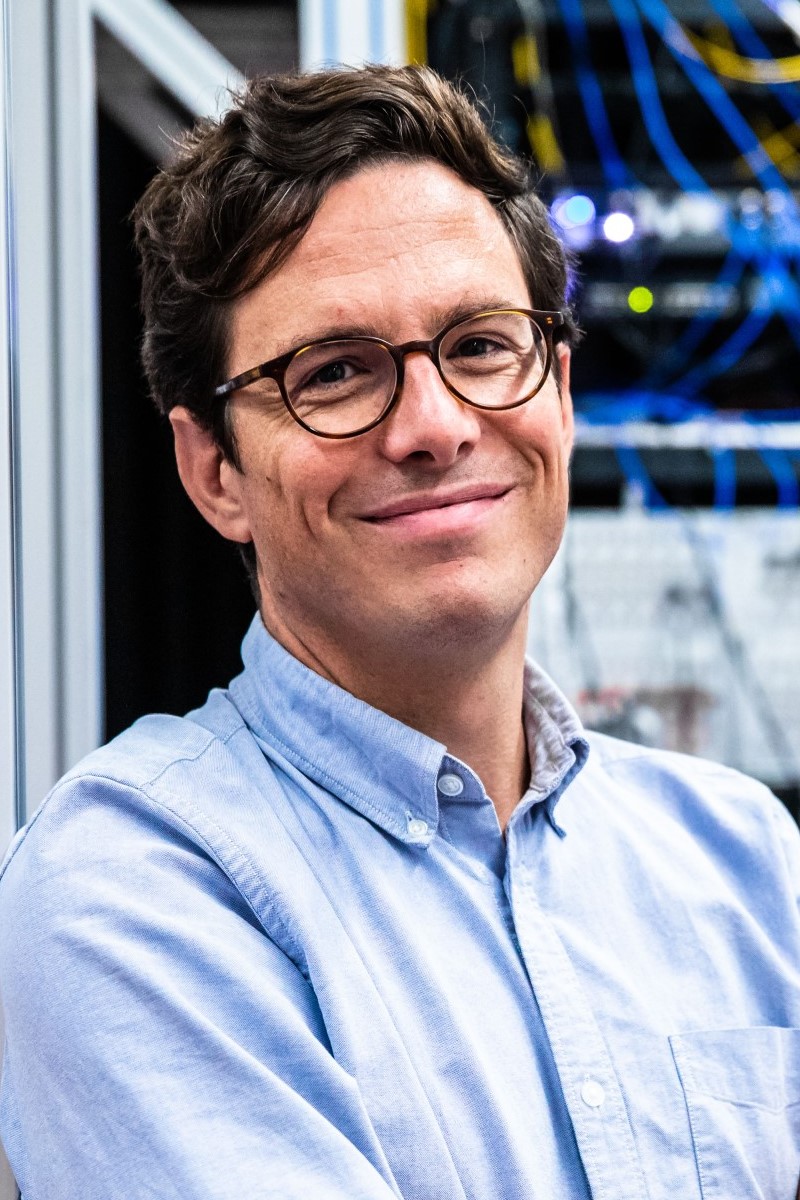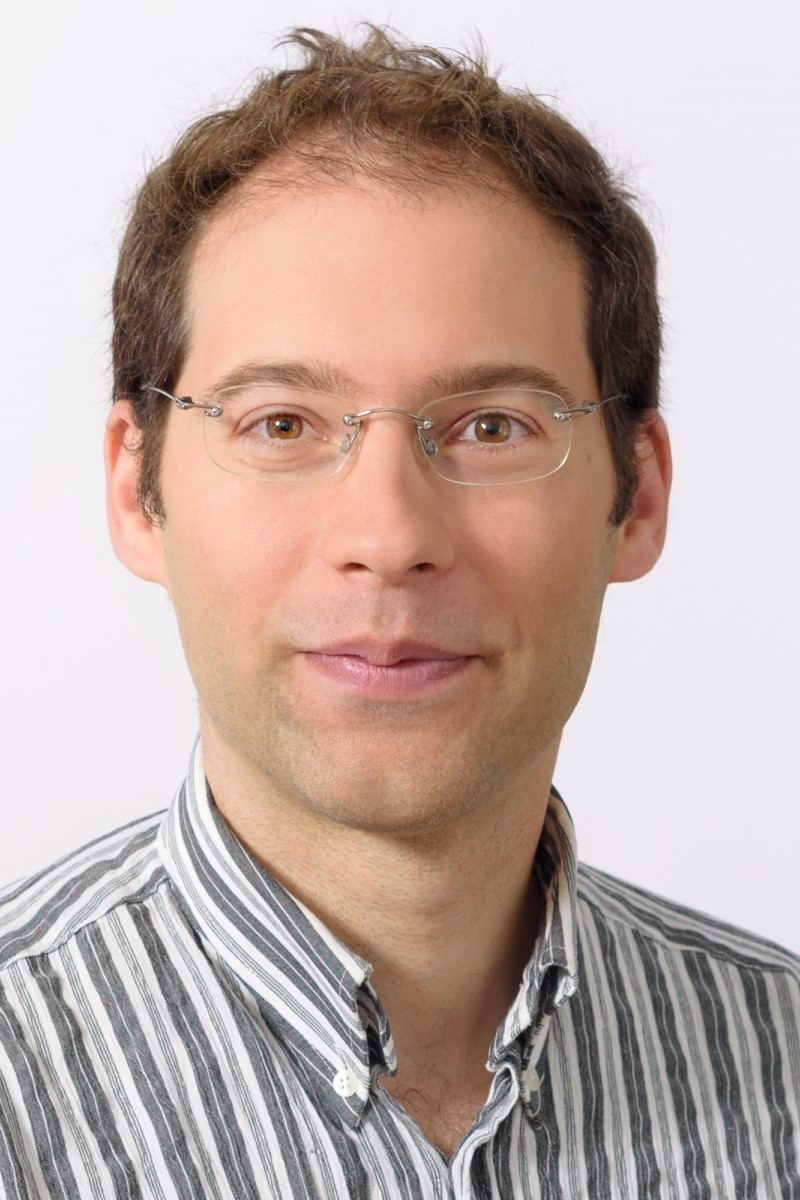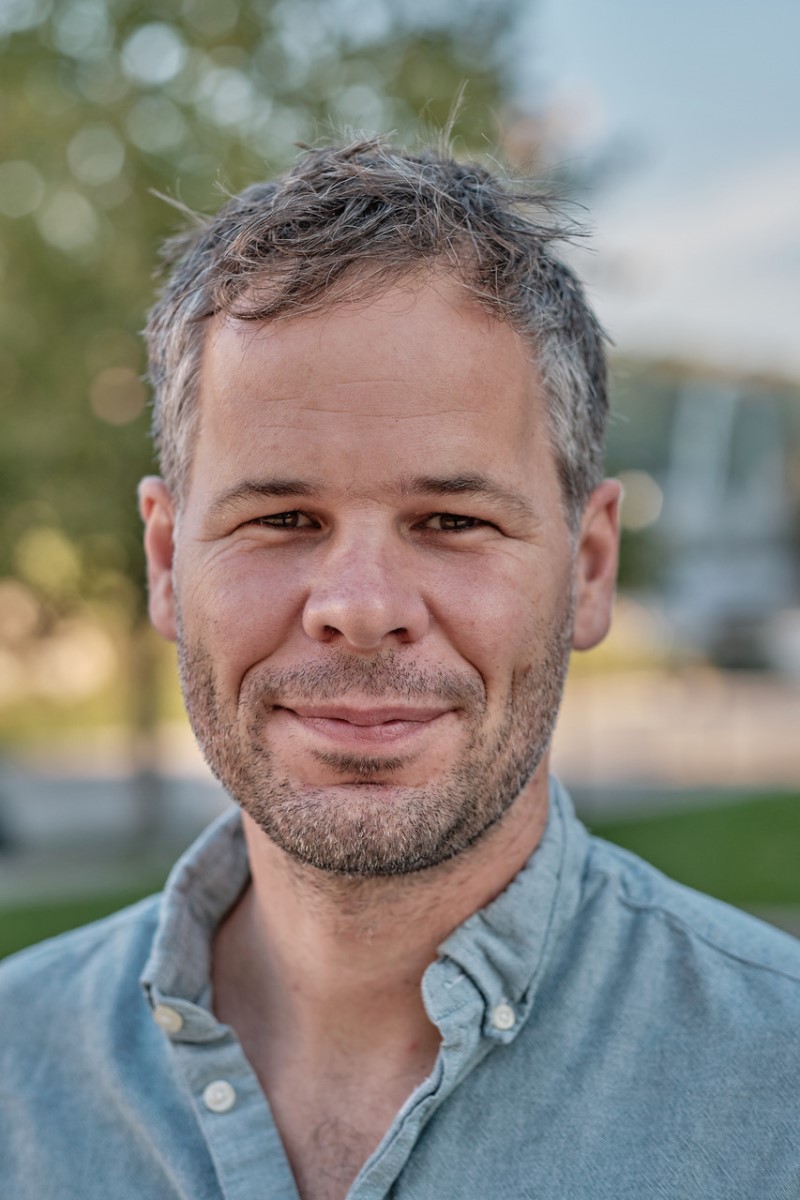January 31, 2023
Four ISTA Scientists Awarded Prestigious ERC Consolidator Grants
Research groups receive funding from the European Research Council.
We are proud that the ERC has selected the proposals of four researchers from the Institute of Science and Technology Austria (ISTA) for funding – with two million euros worth each. Johannes Fink, Onur Hosten, as well as Jérémie Palacci from the Physics Department and neuroscientist Maximilian Jöschare awarded the prestigious grants.
The European Research Council (ERC) is one of the leading European funding organizations, which focuses on supporting all disciplines of remarkable research. The “Consolidator Grant” supports mid-career researchers and their teams to conduct pioneering research in their area of expertise with methods of their choosing.
VULCAN – matter, powered from within

The Palacci group – also known as MaterialiMolli Lab – is one of the physics groups to receive an ERC Grant. With their project VULCAN, Assistant Professor Jérémie Palacci refers not accidentally to Vulcan, the Roman god of blacksmithing, and his powerful skill: They control the properties of metals. To this day, thermal treatments of annealing – cycles of high temperatures alternated with slow cooling – remain an essential tool of material science underlying the art of swordsmithing. With VULCAN, Palacci and his team take forging into the modern age by injecting energy directly through active agents present in the materials. They are thereby establishing novel experimental strategies to fabricate materials powered from within, which present non-conventional mechanical and dynamical properties. “We really hope to wedge a new area in materials science, with materials that are controlled by embedded minuscule agitators, the same way hot ovens are key to the iron-age revolution, but with microscopic temporal and spatial resolution. This is super exciting!” concludes Palacci.
cQEO –on the way to quantum computers

Johannes Fink and his research team are working in the field of experimental quantum physics. Specifically, on interconnects between superconducting circuits – one of the leading hardware platforms to realize quantum computers – and fiber optics, which is the best way to realize robust quantum networks. In the ERC-funded project cQEO (Cavity Quantum Electro Optics), they will study strong direct interactions between superconducting and optical circuits to entangle so-called qubits on kilometer-scale distances. Qubits are the basic computational unit of quantum computers. Professor Fink, at ISTA since 2016, hopes “that this research will shed light on the electro-optic coupling of individual quanta in ultra-cold environments and lead to distributed information processing and sensing with unprecedentedly low signal powers.”
QuHAMP–mechanical control through cold atoms

With QuHAMP (Quantum Hybrid of Atoms and Milligram-scale Pendulums), another project in the quantum physics field receives funding. Onur Hosten, experimental atomic and optical physicist, focuses on nothing less than the interface between gravity and quantum mechanics. Here our understanding is still rather incomplete. In addition, there is a lack of experimental possibilities. This requires massive objects with corresponding gravitational forces that simultaneously show the hallmarks of quantum mechanical behavior. Hosten and his team aim to develop a system in which they can control mechanical pendulums better by utilizing cold atomic ensembles instead of controlling them purely with lasers. “If we bring the resulting hybrid system into a quantum mechanical regime, this will be a game changer. It will open up the possibility of performing gravitationally mediated quantum entanglement tests, eventually leading to either a union of the gravitational and quantum realms or demand a revision of fundamental physical laws,” Hosten explains.
JANUS –action selection in the midbrain

With JANUS, the Roman god of beginnings and endings, a second project refers to a Roman deity. The researchgroup around neuroscientist Maximilian Jösch studies the neuronal basis of innate behaviors and aims to understand how the brain uses sensory information to guide behaviors. With the funding, Assistant Professor Jösch and his team are going to explore neuromodulatory strategies, which modify sensorimotor processes to adjust these in a context-specific manner. Sensorimotor is using our senses to guide appropriate actions depending on the task we need to fulfill. Their work will shed light on the tight orchestration of neuromodulation that ensures appropriate or abnormal selection of actions according to the animal’s immediate needs; for example, while navigating, searching or paying attention to a dangerous situation. The group’s work will contribute to understanding the underlying complexity of sensorimotor computations in health and disease. What is most exciting about JANUS? Easy to answer for Jösch: “Following up on some exciting preliminary results regarding how we visually perceive the world depending on our moment-by-moment state – and doing so together with a group of incredible people.”



